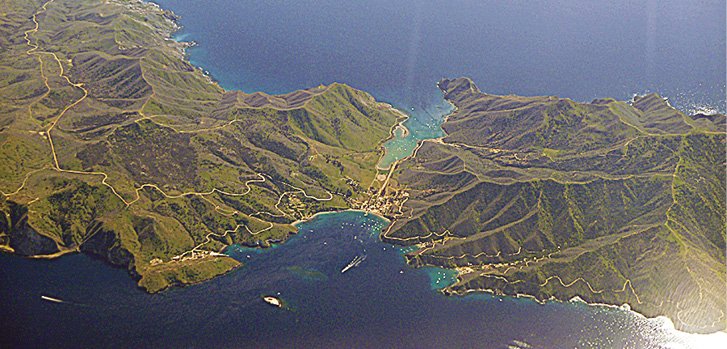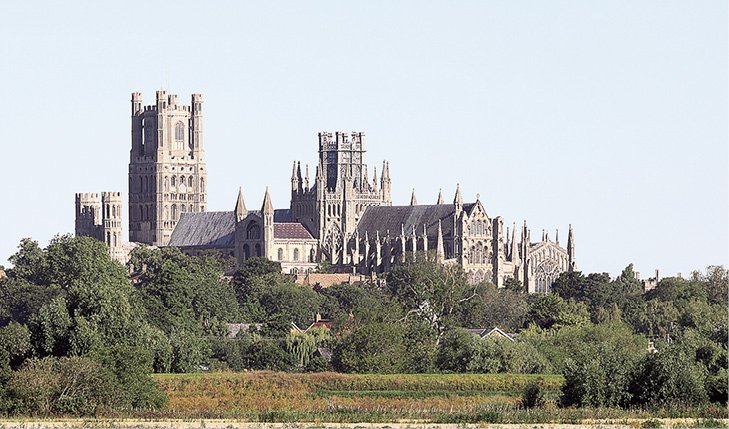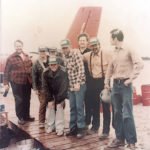Growing up on the Canadian shore of Lake Superior in Port Arthur (originally named “Prince Arthur’s Landing” for Queen Victoria’s third son, Prince Arthur; amalgamated in 1970 with Fort William to form the city of Thunder Bay), it never occurred to me that there was another city somewhere with the same name as my hometown. It seemed kind of strange that others also lived in a “Port Arthur” and even weirder to discover there were five other such places: Like Port Arthur, Texas (home of the largest oil refinery in U.S.), a seaport in China (named in 1860 after British Royal Navy Lieutenant William Arthur, now Lüshunkou District in city of Dalia), Tasmania (historic convict colony, now a World Heritage site), Finland (in Turko District); and a small community in Wisconsin.
Here’s a glimpse of a few other places in the Northern Wilds of Minnesota and northwestern Ontario that share their names.
For starters, there is Duluth, incorporated in 1857 and named after French explorer Daniel Greysoln Du Luth (1636-1710), the first known European explorer in the area. Today it is Minnesota’s fourth largest city with a population of 85,618 (2019). Did you know it was in Duluth that pie à la mode—pie topped with ice cream—was invented in 1885 by Swiss-born John Gieriet, who had been in charge of food for two U.S. presidents before becoming owner of Duluth’s Hotel La Perl?
But there’s also a Duluth in Georgia, which in 1873 got its name supposedly as a joke after a classic speech in Congress, “The Untold Delights of Duluth” where Georgia’s Rep. J. Proctor Knott mocked the Minnesota city and its completed railway project. Kansas also has a small town named Duluth and there’s a flag stop in Nebraska with the same name.
So, what does the northeastern Minnesota city of Ely—known as the Gateway to the Boundary Waters Canoe Area—have in common with eels or the cathedral city of Ely, England? Mining attracted the first settlers in Minnesota about 1865 and the city was named for mining executive Samuel B. Ely who lived in Michigan and financed the railroad to Ely in 1888. He was a descendant of family who arrived in America in the 1600s from the city of Ely, England which took its name from “Isle of Eels,” named for eel-like elongated fish called eelpouts (aka burbot) found in the island city’s surrounding wetlands. There are two other U.S. cities named Ely; one in Nevada (former stagecoach stop, mining city and home to historic “Ghost Train of Old Ely”) and the other is a small city in Iowa.

There are two Two Harbors in the U.S., one a Minnesota city along Lake Superior’s North Shore and the other, on California’s Santa Catalina Island. The Minnesota city was formerly two communities (Agate Bay and Burlington) on two bays, incorporated as City of Two Harbors in 1907. It’s where 3M (Minnesota Mining & Manufacturing Company) began and where in the early 1900s, two cigar factories produced about 30,000 cigars a month. California’s Two Harbors is a small resort village on a narrow strip of land, once nicknamed “Isthmus Movie Colony” for being the site of many Hollywood movies. A herd of around 150 North American bison roam wild in the area, remaining from the 600 that arrived in 1924 for the filming of Zane Grey’s novel The Vanishing American.
With the arrival of Finnish settlers starting communities both in Minnesota and northwestern Ontario, it is not surprising both communities were named “Finland” about 400 miles (643 km) apart. In Minnesota, Finland is located about 6 miles (10 km) inland from Lake Superior’s North Shore and northeast 39 miles (63 km) of Two Harbors. While Canada’s Finland was a thriving community of Finnish immigrants in the early 1900s about 28 km (45 km) northwest of Fort Frances, only a trace of it now remains.
Claiming the title “Minnesota’s Friendliest Little City” is the city of Upsala, settled in the 1870s by Swedish immigrants (though the first settler was Danish) and named after Uppsala, Sweden, a university city that started out as a trading post. Across the U.S.-Canadian border less than a two hour drive west of Thunder Bay is another Upsala, a small town established in 1882 as a railway stop and also named for Sweden’s city of Uppsala.
Hometowns in the Northern Wilds with parallel namesakes elsewhere in the world includes Tofte; Hovland; Grand Marais; Silver Bay; Terrace Bay; and, Beardmore. Years ago, in a discussion with a friend (also a Canadian immigrant) about where is one’s hometown—birthplace, where you grew up or are residing now—he said, “Anyplace I hang my hat is home” (also the name of a song).





